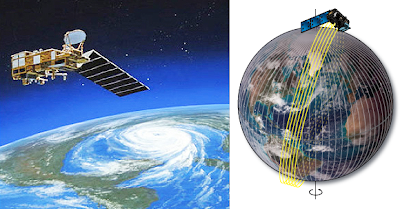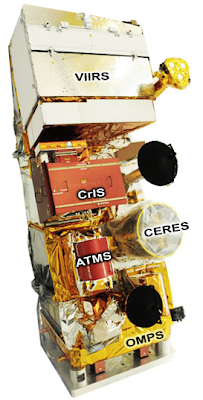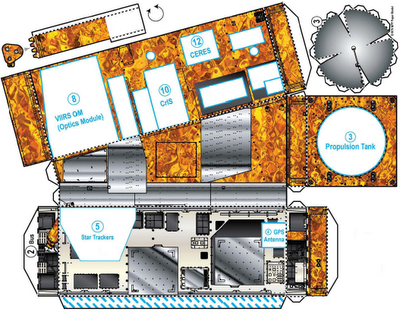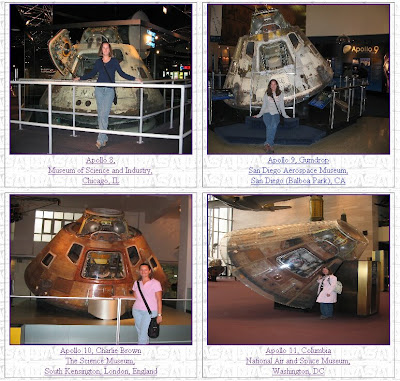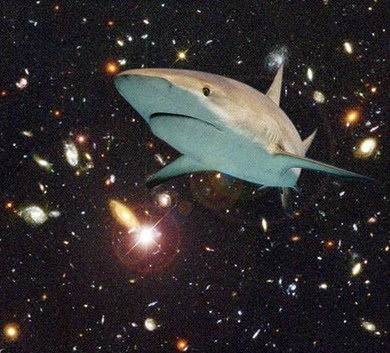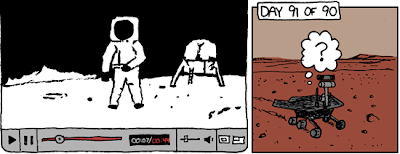October 30th! This date generally slides right by most people, when in fact it is one of the most amazing dates in the history of humanity.
It was, among other things, the day Orson Welles caused panic with his "War of the Worlds" radio broadcast (1938), the day Space Shuttle Challenger lifted off for STS-61-A, its final successful mission (1985) and sadly, still reigns as "Devil's Night" in some places each year.
In the year 2000, it was also the LAST DAY EVERY HUMAN WAS ON EARTH!

ISS Expedition 1
Sergei Krikalev, William Shepherd & Yuri Gidzenko
Sergei Krikalev, William Shepherd & Yuri Gidzenko
On October 31st, one NASA astronaut and two Roskosmos cosmonauts launched in the Soyuz TM-31 to the International Space Station for Expedition 1, giving the ISS it's very first resident crew.
During their time on the ISS, Shepherd, Gidzenko and Krikalev inhabited and unpacked the critical equipment for the Zvezda, Zarya and Unity modules, established initial communications with Mission Control centers in Houston and Korolev, hosted three Shuttle crews and with them, installed the Destiny scientific research module.

Since that time, there have always been at least two Homo sapiens in low Earth orbit. Many don't recognize the day for what it is... perhaps only future generations will appreciate that this mission marked the beginning of humanity's permanent colonization of space.
A securely enduring position in space is a fragile accomplishment, both practically and financially. Space station Mir was in orbit for 15 years, but often unmanned for periods of time. Russia's Mir was occupied without breaks between 1989 and 1999, and toward the end of 2010, the ISS finally broke this record with more than a decade of continuous habitation.

A gap between old and new hardware is always a future possibility, but today we have a greater chance of many nations or even private enterprises achieving a presence in space for overlaps. One day, we may even look back through multiple stations, yearning wistfully for a time when it wasn’t so darned crowded in our sky.
So, remember October 2000! Someday, your great-great-grandchildren may want to know what you were doing the day our species established a permanent off-Earth presence. Fingers crossed!

